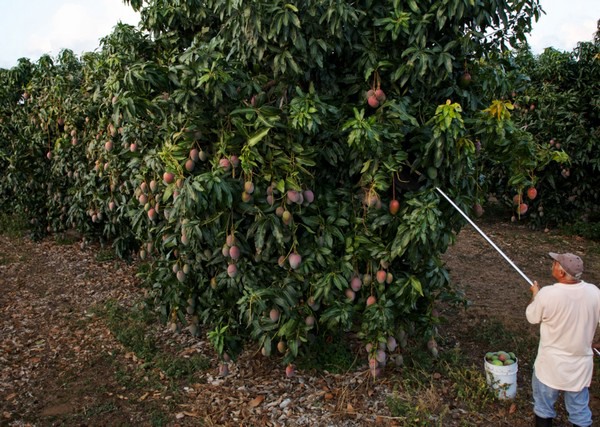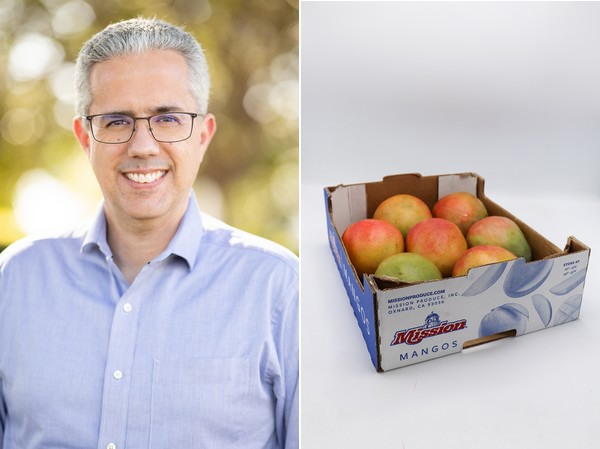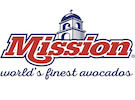Supplies of mangos coming into North America currently are steady.
At Mission Produce, the mango program is ramping up for the start of the Brazil harvest as it transitions from Mexico’s season. “The size curve in Mexico is historically skewed towards jumbo mangos while Brazil typically has regular sizing,” says Patrick Dueire, director of mangos with Oxnard, CA-based Mission Produce. “Quality remains high and supply is steady.”
Currently, Mission is moving Keitt, Tommy Atkins and Palmer varieties of mangos and it is also preparing for South America’s season which will supply Honey, Kent and Keitt varieties of mangos. Good volume and high quality is anticipated to continue from Brazil.
 So far this season, Mexico has shipped 69.4 million boxes of mangos. Photo: National Mango Board.
So far this season, Mexico has shipped 69.4 million boxes of mangos. Photo: National Mango Board.
From Mexico, Jessica Bohlman of the Orlando, FL-based National Mango Board (NMB) notes that the Mexican season, which began the first week of January and continues through the first week of October, projects 78 million boxes, about the same year over year. “Mexico is shipping mainly from South Sinaloa and North Sinaloa at this time. So far for the season, Mexico has shipped 69.4 million boxes,” she says.
On varieties, Mexico’s main varieties are Tommy Atkins (40 percent), Honey/Ataulfo (27 percent), Kent (19 percent), Keitt (11 percent) and others (3 percent) for the entire season.
Increasing interest in mangoes
Meanwhile on demand, it is strong for mangos, particularly from the Southern region and the West Coast says Dueire. “Historically every year consumption increases,” he says. “Consumers continue to learn more about the flavor and health benefits of mangos while we work to ripen and provide high-quality fruit and ensure an excellent eating experience.”
He also touches on the evolution that’s being seen in selling mangos today. “Selling mangos is about selling the flavor and experience– not the commodity. Retailers used to sell them hard, but ripe mangos are what the consumer wants. By providing a ripe mango program, Mission is able to promote a positive development in demand for mangos,” he says.
 Left: Patrick Dueire; right: a box of mangoes from Mission's recently introduced mango program.
Left: Patrick Dueire; right: a box of mangoes from Mission's recently introduced mango program.
As for pricing, industry pricing on mangos is higher this year than last year. “They have increased week over week for the last three weeks,” says Dueire.
What remains a challenge though for mangos, and many other commodities, are global supply chain issues. “An industry-wide global logistic challenge is the lack of availability of containers in South America, causing inevitable delays across all commodities,” he says. “We’re also still addressing and adapting to evolving situations and restrictions caused by the pandemic. However, thanks to our global network and vertical integration, we’re providing ample supply to meet demand.”
Looking ahead, the Peruvian mango season is anticipated to start in approximately three months.
 For more information:
For more information:
Denise Junqueiro
Mission Produce, Inc.
Tel: +1 (805) 981-3650
[email protected]
www.worldsfinestavocados.com
 Jessica Bohlman
Jessica Bohlman
National Mango Board
Tel: (407) 629-7318 x113
[email protected]
www.mango.org
